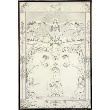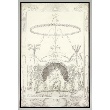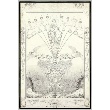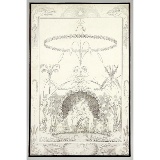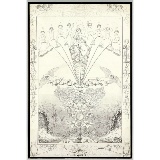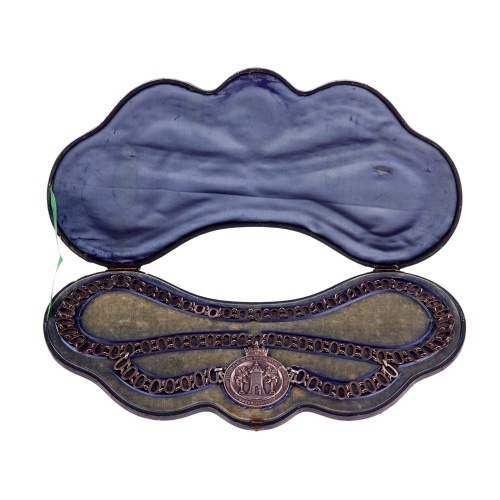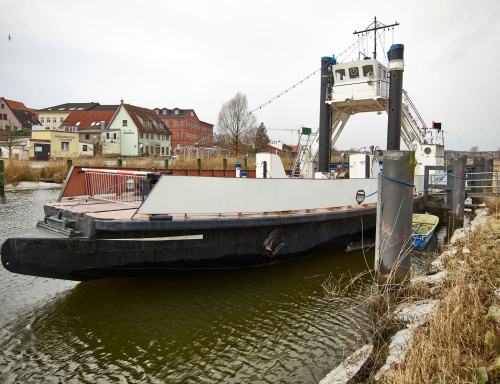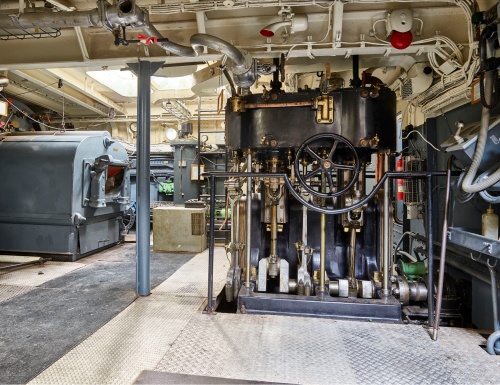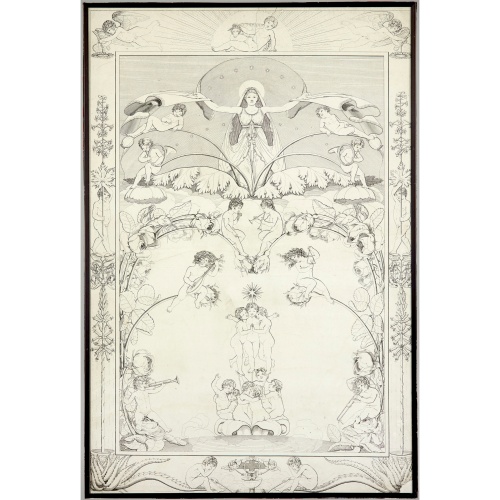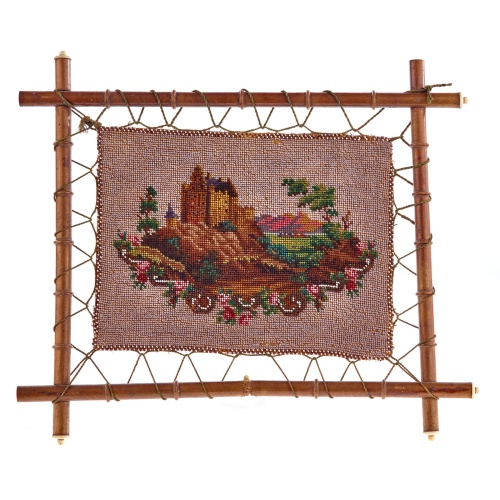Philipp Otto Runge: copperplate Evening, Day and Night
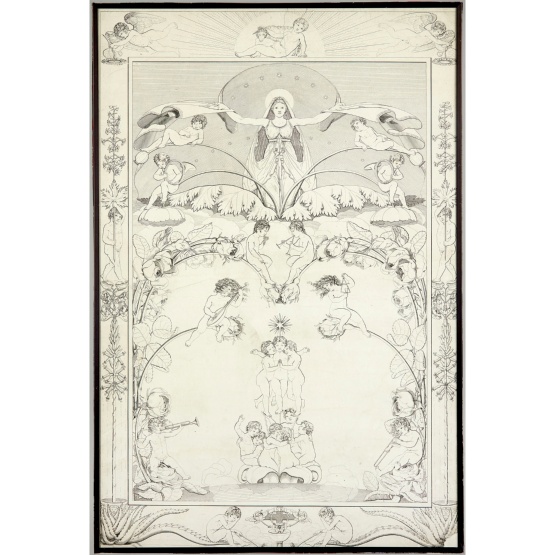
- 1803,
Höhe: 71,9 cm
The heirs to Philipp Otto Runges donated three of the four copperplates contained in his 'Seasons Cycle' to the museums in Wolgast in October 1999, returning the first original items by Wolgast's most famous scion to the city of his birth.
Philipp Otto Runge was born close to the port on 23 July 1777. This is where he spends his childhood. He studies painting and graphic reproduction in Copenhagen and Dresden and then lives in Hamburg until his premature death in 1810. But Runge lives on in his wife Pauline, their four children and many descendants.
He is seen as the initiator of Romantic art in Germany with his copperplate cycle 'The Seasons'. These prints use symbolic techniques to investigate certain themes: becoming, growing and fading away, the eternal cycle of life in the natural world and within humanity. Runge attempts to unravel the secret of light, developing the first three-dimensional colour theories in the history of German art, as the cycle of prints was actually intended as variegated wall decoration. Runge uses his imagery in an attempt to grasp the start and end of divine creation, life and love. By addressing these themes, Philipp Otto Runge flies in the face of current trends within the world of art and its focus on antiquity. He succeeds only in presenting a colour representation of the morning. Death brings his artistic oeuvre to an end.
The three Wolgast originals are part of Runge's first edition.
(Museum Wolgast, Rungehaus)
Text: B. R.
